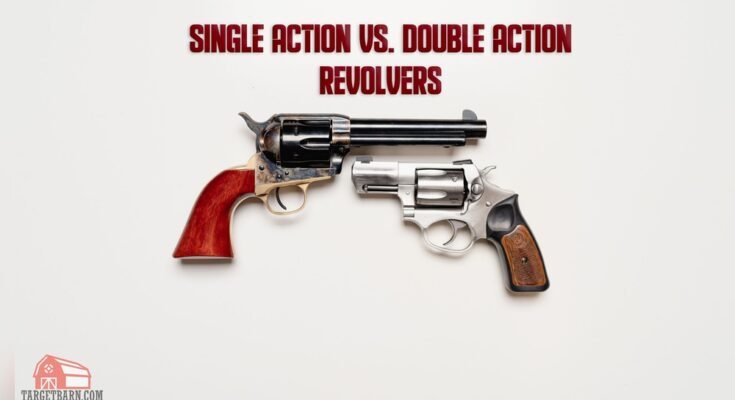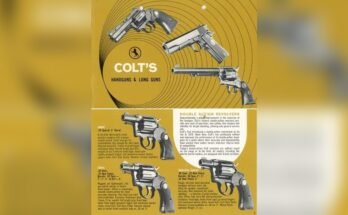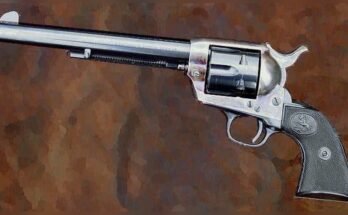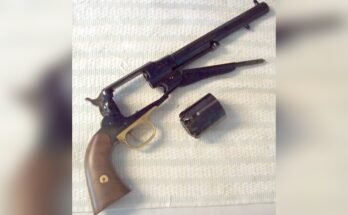When it comes to revolvers, understanding the difference between single-action and double-action can change the way you handle and appreciate your firearm. You might think all revolvers work the same, but knowing how each type operates can improve your accuracy, speed, and safety.
Whether you’re a beginner or just curious, this guide will help you quickly grasp the key differences. By the end, you’ll feel more confident about which revolver suits your needs best—and that knowledge might even give you an edge next time you’re at the range.
Ready to find out what sets these two apart? Keep reading.
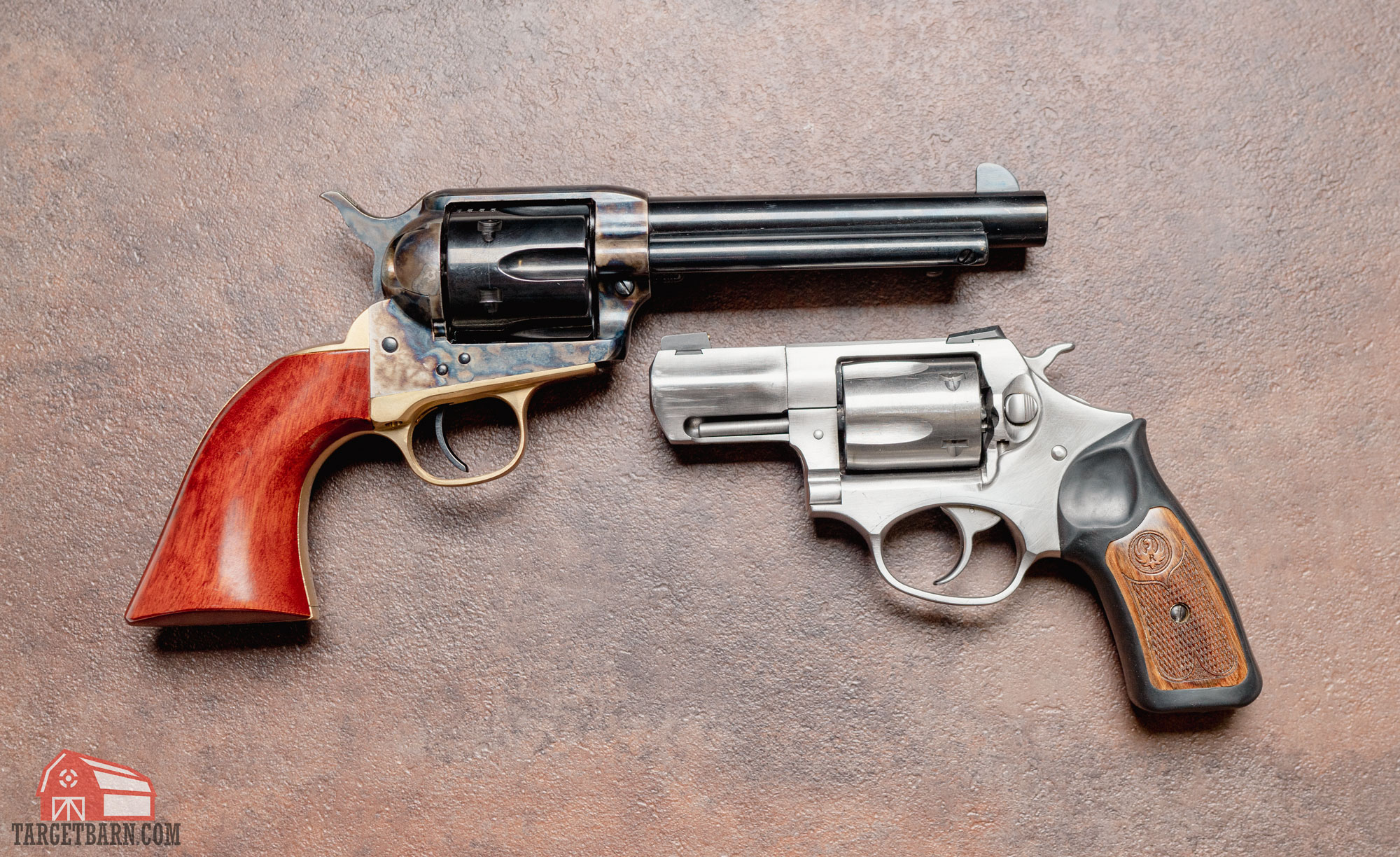
Single-action Revolvers
Single-action revolvers are a classic type of handgun with a simple design. They offer a unique shooting experience that many enthusiasts appreciate. Understanding how these revolvers work helps explain their lasting popularity.
Mechanism And Operation
Single-action revolvers require the shooter to manually cock the hammer before each shot. Pulling the trigger then releases the hammer, firing the bullet. This design means the trigger only performs one action: releasing the hammer. The manual cocking also rotates the cylinder to align the next round.
Historical Background
Single-action revolvers were popular in the 19th century, especially in the American West. They were widely used by cowboys, lawmen, and soldiers. Famous models like the Colt Single Action Army became iconic symbols of that era. Their simple, reliable design made them standard sidearms for many years.
Advantages And Limitations
Single-action revolvers are easy to maintain and very reliable. Their simple mechanism means fewer parts can break or jam. They often have lighter trigger pulls, which helps accuracy. But cocking the hammer before each shot slows down the firing rate. This can be a disadvantage in fast shooting situations.
Common Uses
These revolvers are popular for target shooting and cowboy action shooting sports. Collectors prize them for their historical value and craftsmanship. Some hunters use them for small game. Their use in movies and reenactments also keeps them well-known today.
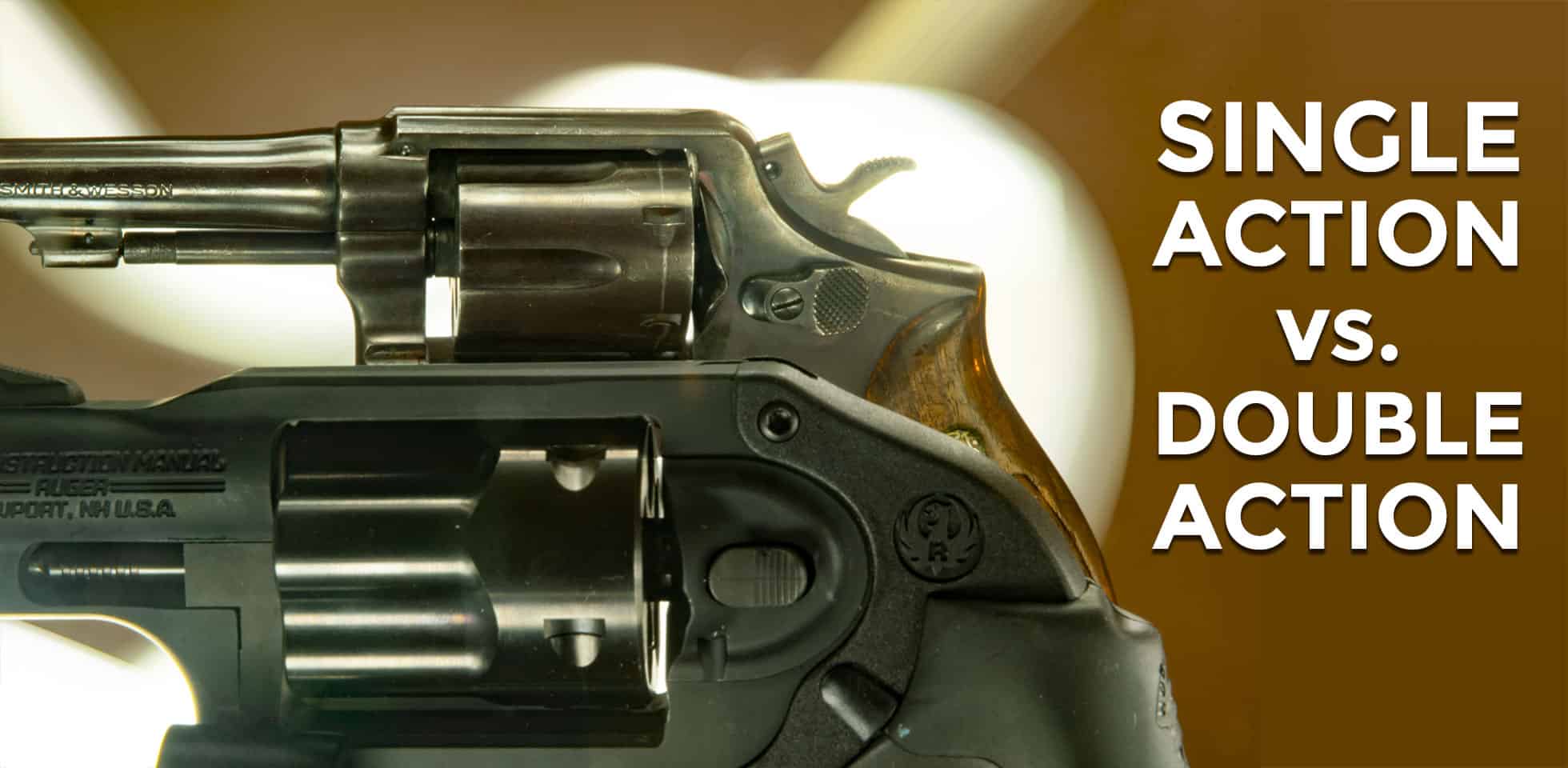
Double-action Revolvers
Double-action revolvers are a popular type of firearm known for their unique firing mechanism. They allow the shooter to fire a round with a single pull of the trigger. This design combines cocking and firing into one smooth action. It makes shooting faster and easier compared to other revolvers.
Mechanism And Operation
Double-action revolvers work by pulling the trigger to both cock the hammer and release it. The trigger pull is longer and heavier than single-action revolvers. This action rotates the cylinder to bring a new round into position. The shooter does not need to manually cock the hammer before each shot. This makes double-action revolvers quicker to fire in rapid situations.
Evolution And Development
Double-action revolvers were developed to improve speed and ease of use. Early models required the shooter to cock the hammer manually. Designers added the double-action trigger to combine these steps. Over time, materials and designs improved for reliability. Today’s double-action revolvers are more durable and easier to operate than older models.
Advantages And Limitations
Double-action revolvers offer faster shooting and better safety. The heavier trigger pull helps prevent accidental firing. They work well for self-defense and law enforcement. However, the trigger pull can reduce accuracy for some shooters. The mechanism is also more complex, requiring more maintenance. Despite this, many users prefer double-action revolvers for their balance of speed and control.
Common Uses
Double-action revolvers are popular for personal protection and police work. Many officers carry them due to their quick firing ability. They are also used for target shooting and hunting small game. Their reliability and ease of use make them suitable for beginners. Overall, these revolvers are versatile tools for various shooting needs.
Key Differences
The key differences between single-action and double-action revolvers affect how they work and feel. Understanding these differences helps you choose the right type for your needs. This section breaks down the main points clearly.
Trigger Functionality
Single-action revolvers require you to manually cock the hammer before each shot. Pulling the trigger only releases the hammer to fire. Double-action revolvers let you fire by just pulling the trigger. The trigger both cocks and releases the hammer in one motion.
Firing Speed
Single-action revolvers usually fire slower because you must cock the hammer first. Double-action revolvers offer faster shooting since one trigger pull does everything. This makes double-action better for quick follow-up shots.
Maintenance And Durability
Single-action revolvers have simpler mechanisms with fewer moving parts. They tend to be easier to clean and maintain. Double-action revolvers have more complex parts, which can require more care but offer added functionality.
User Experience
Single-action revolvers provide a lighter and shorter trigger pull after cocking. This can improve shooting accuracy. Double-action revolvers need a longer, heavier trigger pull, which some users find harder to control. Both types have their own feel and handling style.

Choosing The Right Revolver
Choosing the right revolver is important for safety and performance. Understanding the differences between single-action and double-action models helps. Each type suits different needs and skills. This guide breaks down key points to consider before buying.
Purpose And Application
Think about why you want the revolver. Single-action revolvers work well for target shooting and hunting. They require manual cocking before each shot. Double-action revolvers fire faster and are better for self-defense. They allow quick shooting without cocking manually. Match the revolver to your main use.
Skill Level Considerations
Single-action revolvers need more practice. Cocking the hammer takes time and focus. Double-action revolvers are easier for beginners. The trigger pull both cocks and fires the gun. This makes shooting quicker and simpler. Choose a revolver that fits your comfort and training level.
Legal And Safety Aspects
Check local laws about revolver types and ownership. Some areas restrict certain features or models. Safety also matters. Single-action revolvers often have lighter triggers but need careful handling. Double-action revolvers offer safer carrying with heavier trigger pull. Always follow legal rules and safety practices.
Frequently Asked Questions
What Is A Single-action Revolver?
A single-action revolver requires manually cocking the hammer for each shot. This action readies the gun to fire by pulling the trigger. It offers a lighter trigger pull and is often preferred for precision shooting and historical firearms enthusiasts.
How Does A Double-action Revolver Work?
A double-action revolver cocks and fires with a single trigger pull. It allows faster shooting without manually cocking the hammer each time. This design provides convenience and speed but generally has a heavier trigger pull compared to single-action revolvers.
Which Is Better For Self-defense: Single Or Double-action?
Double-action revolvers are usually better for self-defense due to faster firing. They allow quicker follow-up shots without manually cocking. However, some prefer single-action for its lighter trigger pull and accuracy. Choice depends on user training and comfort.
Are Single-action Revolvers Harder To Use?
Single-action revolvers require more practice because you must cock the hammer each shot. This extra step slows firing but offers better control and accuracy. They are less intuitive for beginners compared to double-action models.
Conclusion
Single-action and double-action revolvers each offer unique benefits. Single-action guns need you to cock the hammer before firing. Double-action revolvers pull the trigger to cock and fire in one step. Choose based on your comfort and shooting style. Both types work well for target shooting or self-defense.
Understanding their differences helps you pick the right revolver. Remember, practice improves your skill with either choice. Keep safety as your top priority at all times.
